Work day – planting new seeds!
-
My cucumbers were white and misshapen, and bitter. Thanks to a friend that asked about hers, I found the same problem with mine. I researched online and learned that extreme heat and dry conditions can cause cucumbers to get bitter. I decided to pull my plants and start with some new seeds. My tomatoes were growing but no longer producing tomatoes. I remembered I had planted determinate tomatoes and they were finished. To read more about tomatoes, see here.
When a plant is finished producing, I cut it at the base and let the vines dry a day. It’s easier to get them off the trellis. I pulled my sunflowers and zinnias, it was so sad. That is one of the hardest things to do in a garden, say goodbye to a plant that has so freely given! On the other hand, it is so fun to plant new seeds. I bought five new packets of seeds and am the most excited about the mixed green beans! I might be a little late on the melon, but with all the heat we have had, I am hoping it will grow and produce a few big melons before it gets cold.
I bought new flowers! I used the soil from the flower box to refill my boxes that were low. The soil in the boxes sometimes gets packed down with all the watering, so it’s good to refill them from time to time. I bought three bags of compost and manure. I mixed it in with the flower box and then spread the soil mixture around to the other boxes.
I typed on my pictures to best explain my work day. Good luck with your garden! Let me know what you have growing.
If you are new to my garden site here are the benefits to gardening the raised bed way and feel free to click around on the categories to the right to see what else I grow. If you are interested in the building this type of garden and want the plans, click link to purchase plans.

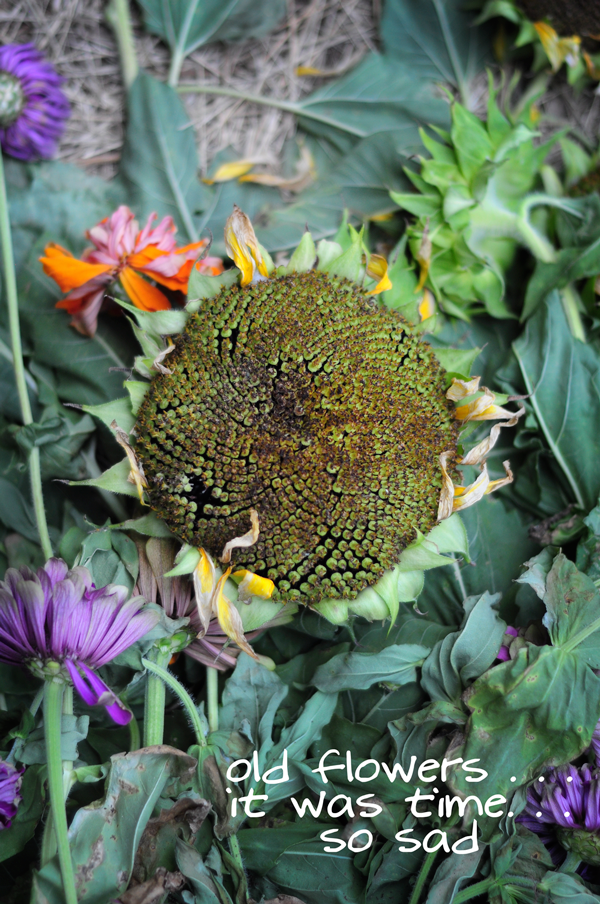
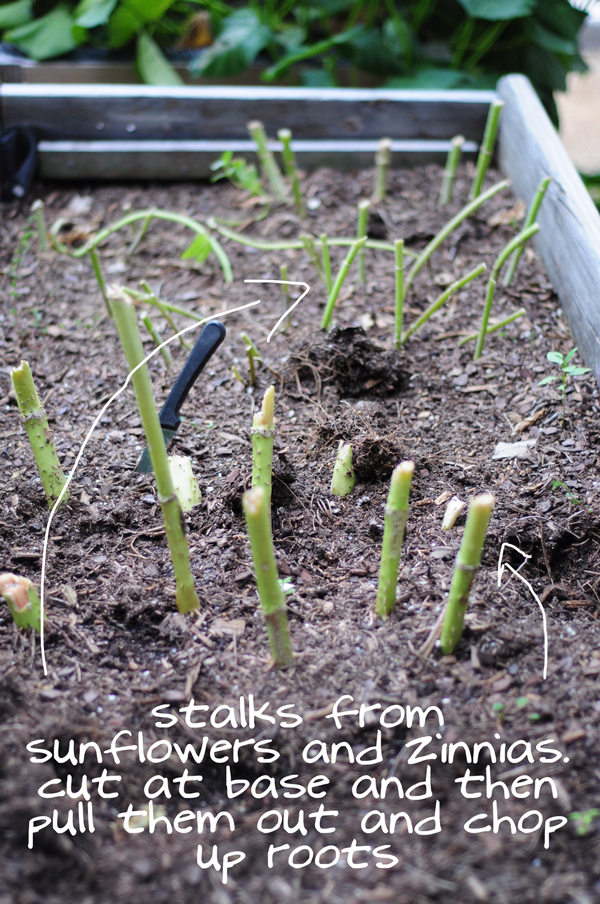
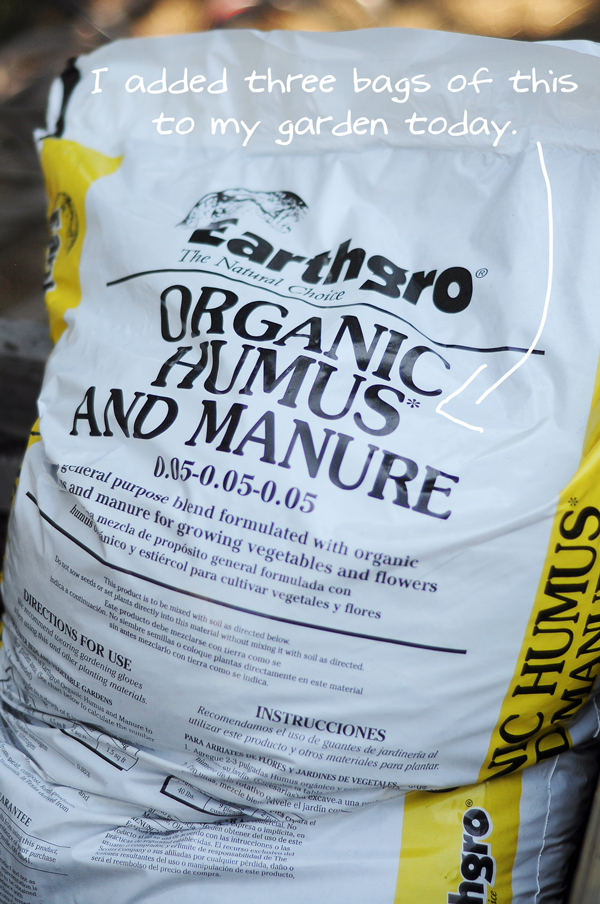
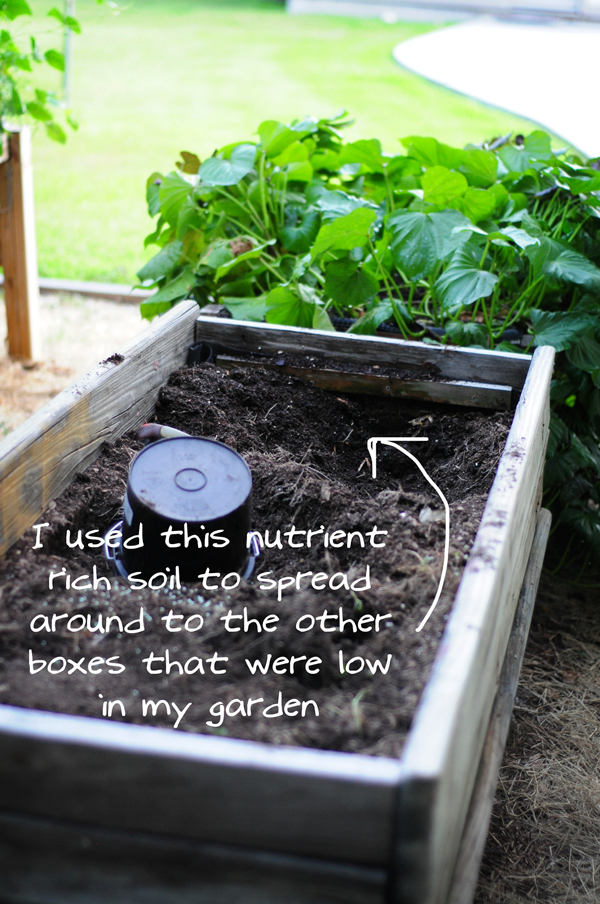
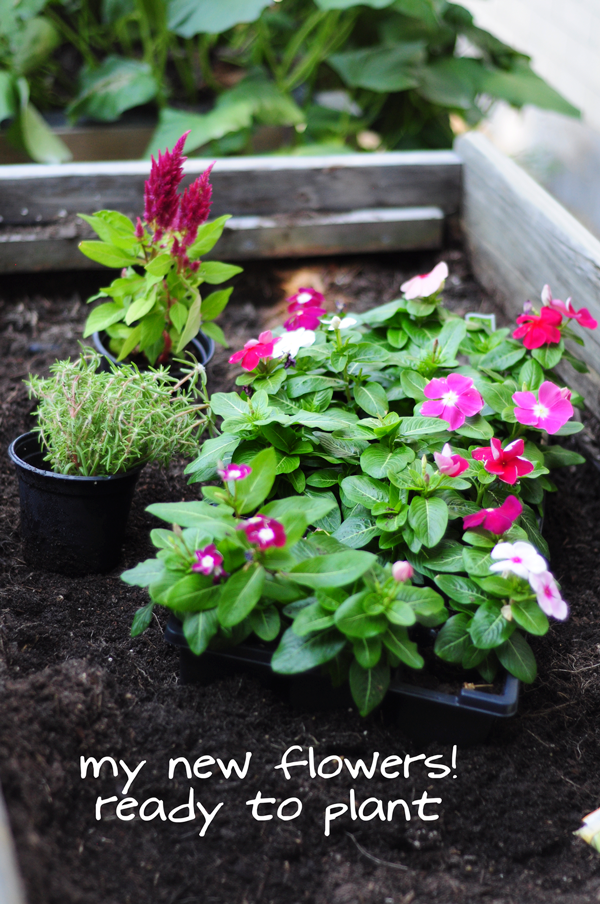
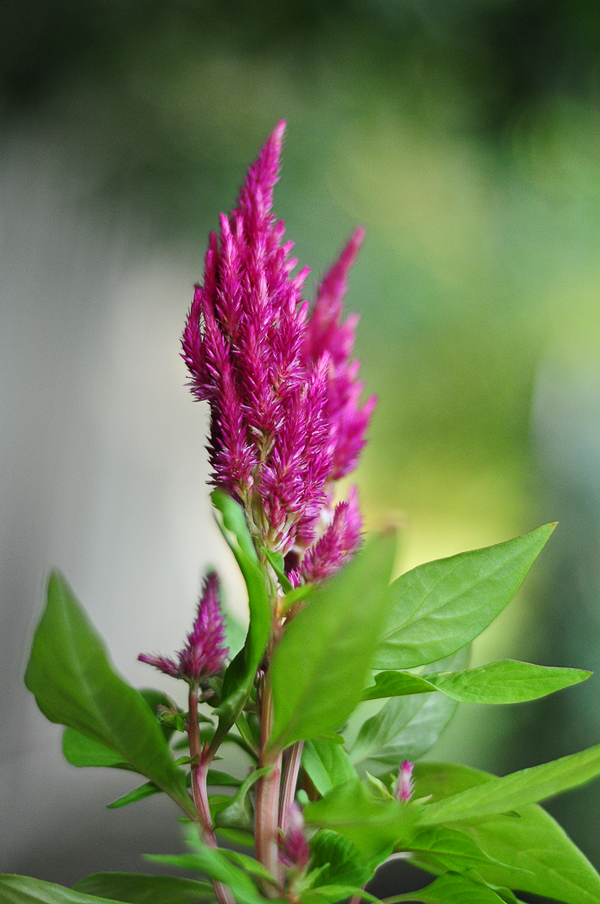
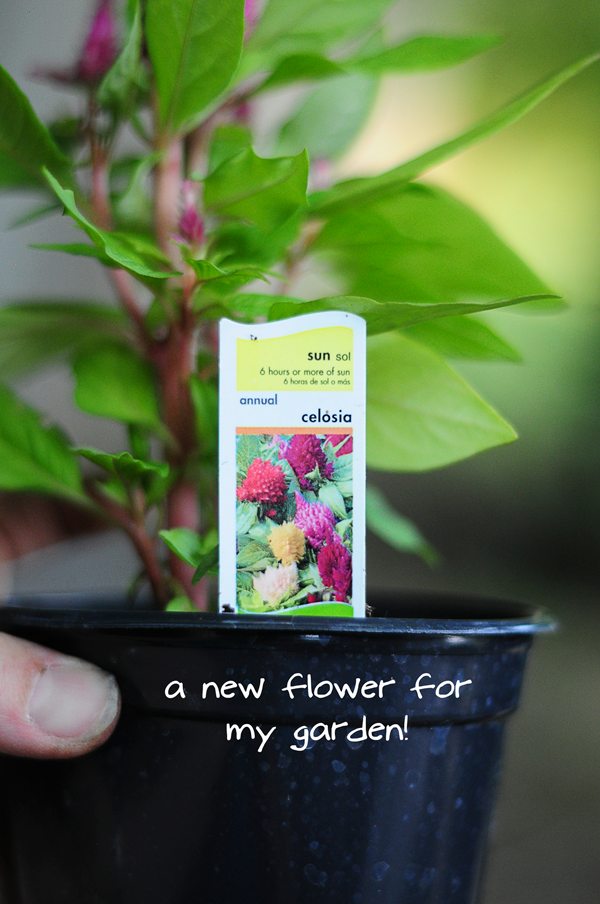
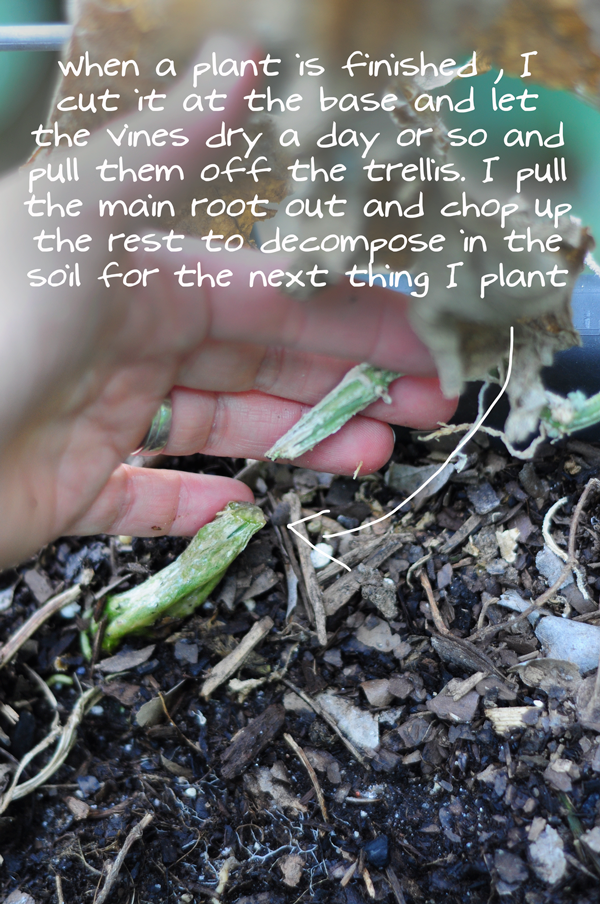
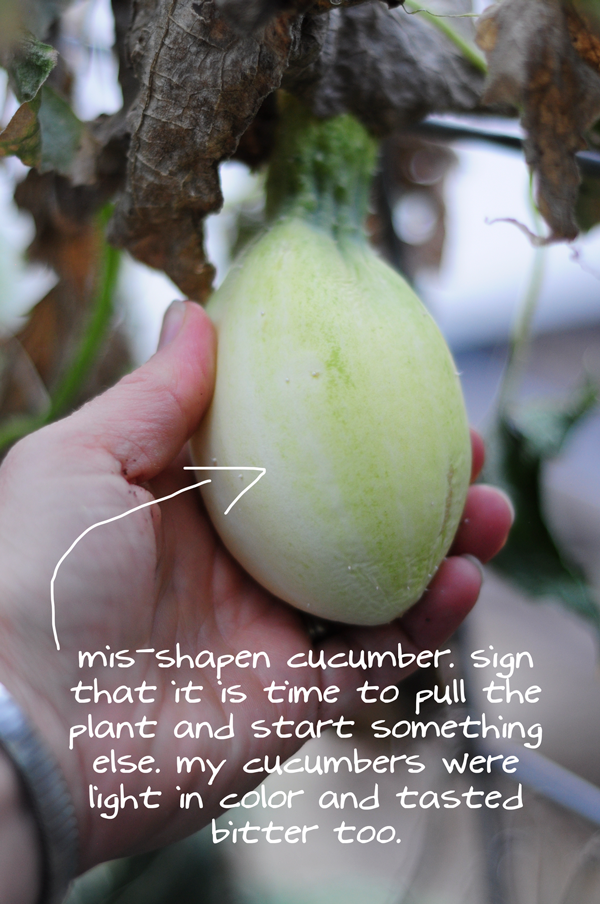
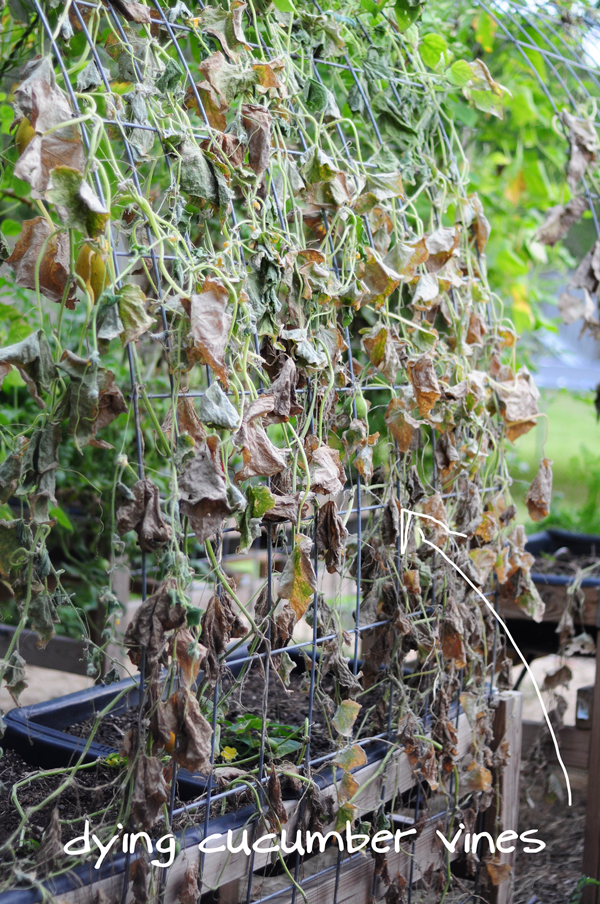
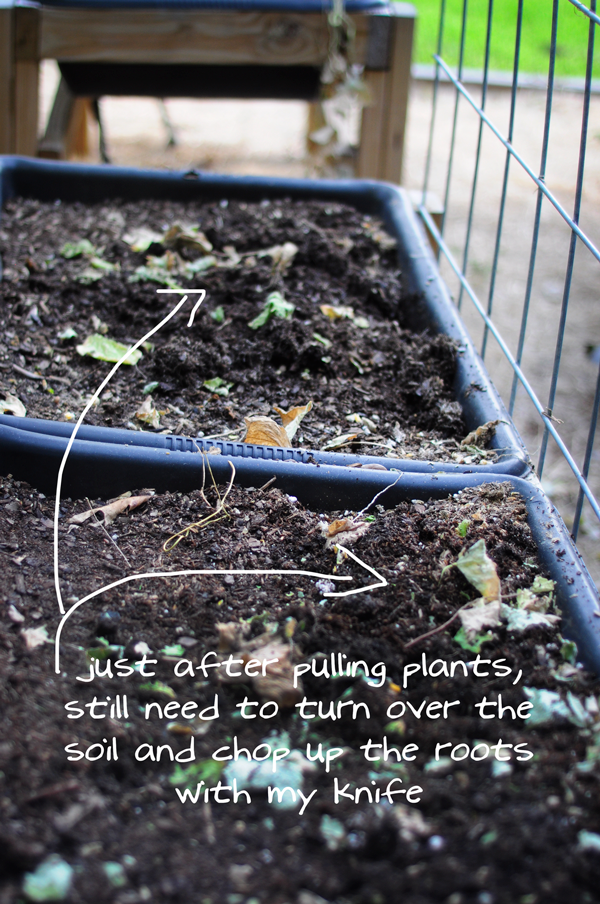
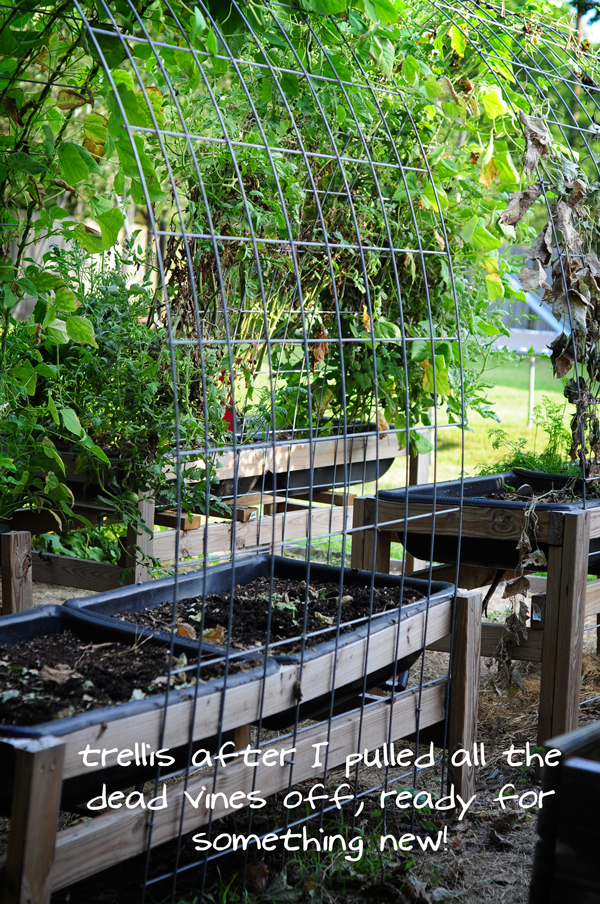
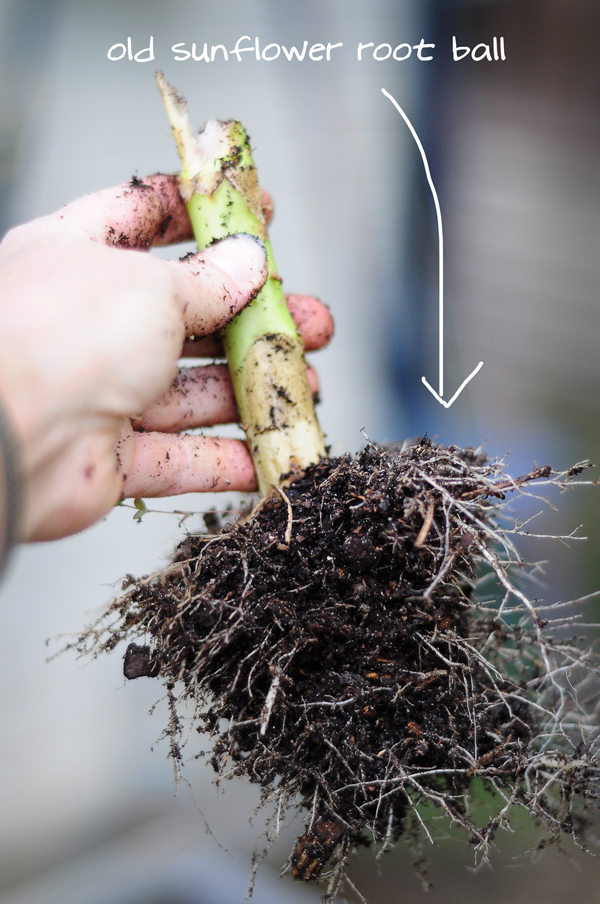
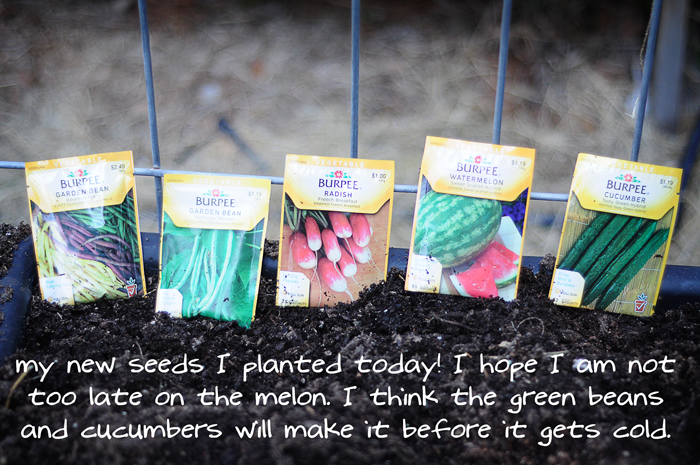
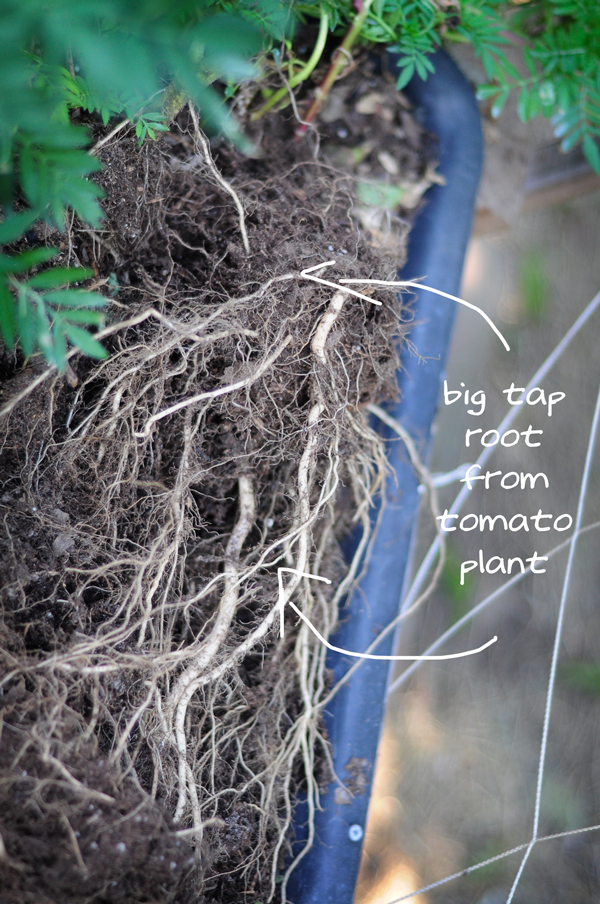
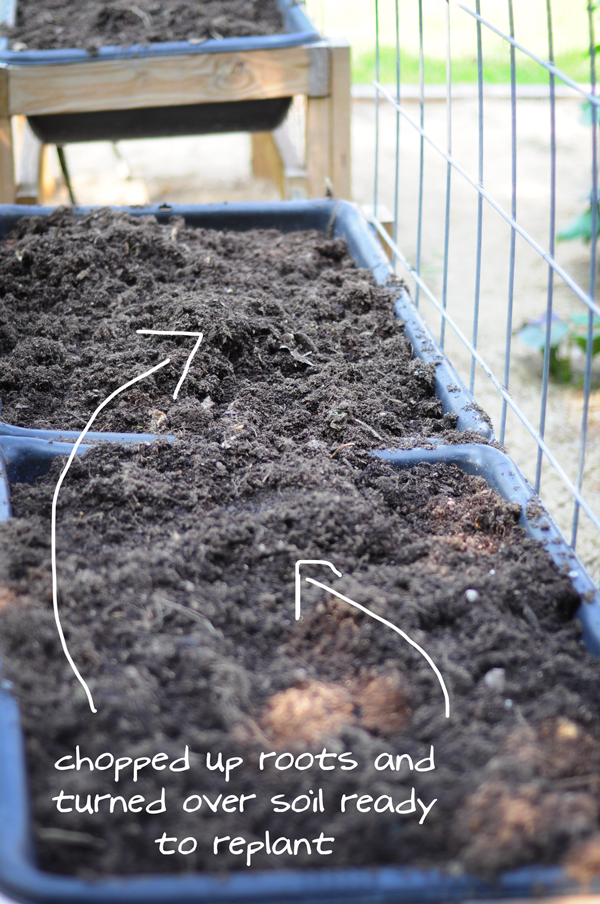
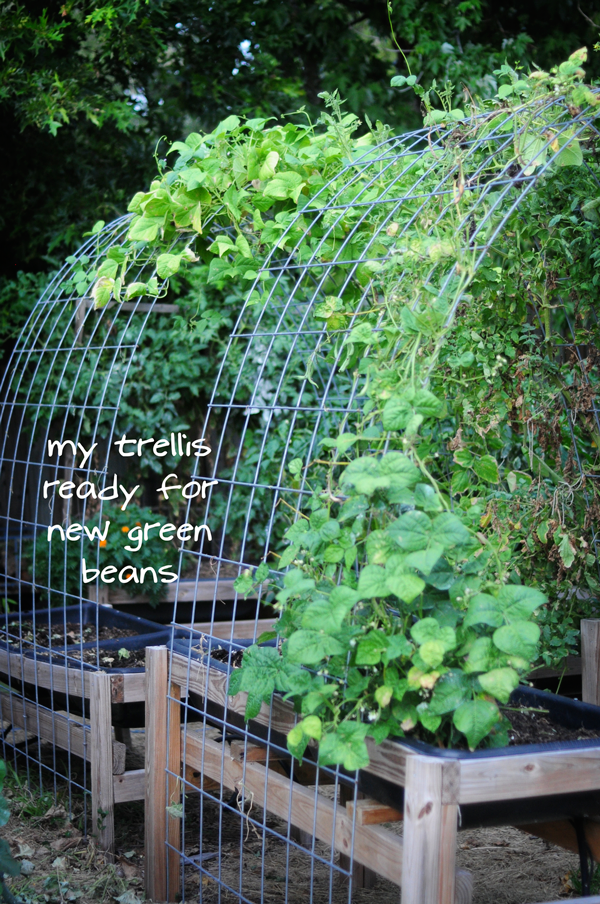


8 Responses and Counting...
I haven’t gotten my raised beds made yet as I just recently discovered your fabulous plans. I will say, that my garden is very sad with all this heat, rain and humidity. One of my new rose bushes has powdery mildew and most of the others only bloomed a bit and then just stopped. Almost none of my flowers have grown much either… it is all pretty sad looking except for my old reliable orange day lilies! Even my hydrangeas are not happy this year and they are only two years old. *sigh* My new dawn rose is just sitting there I guess trying to figure out what on earth Mother Nature is up to this year!
Good luck with those melons! 😀
Hugs,
Beth P
Beth P,
Lately I have wanted to grow hydrangeas but don’t know anything about them. Sounds like they come back every year. Maybe I will research a bit. Let me know any tips if you can. So glad the orange day lillies are doing great. I was sad to pull my flowers, hate pulling any kind of plant.
I hope the melons get big!
thanks for leaving a comment!
best wishes with your garden,
Melanie
Good luck with all your new seeds! I definitely think you have enough time… have fun with them!
We’ve been picking alot of cucumbers but I have noticing a increase in aphids this year on the cucumber plants.. been trying to battle them, but you know how it goes… Go away aphids! 🙂
Pamela,
Yes I am constantly checking for aphids on my bell peppers! they haven’t bothered my cucumbers so far. The little tiny whate flies are no fun either. Dreaming of winter gardens and less bugs. 🙂
It is always a shame when the heat and dry conditions turn cucumbers bitter before we are ready to let them go. Have you considered trying soaker hoses? I love the way you have brought the beds up off the ground and incorporated the trellising.
Sher,
Soaker hoses are a great idea. I haven’t incorporated them but might someday. It is nice to keep water on everything like that but I do like watering myself too. It’s some kind of therapy I think.
ha! wishing you the best in your garden!
Melanie
Your habit of chopping up the stalks and roots of previous crops and leaving them in your garden soil is a bad one. Although your plants may have shown no signs of disease, they often harbor diseases and the whole plant should be composed. Just an observation.
Hydrangeas are very easy to grow from cuttings or root divisions (suckers). They are a perennial here in N. Carolina., I have several that I have had since 1983. They prefer filtered sunlight, but will tolerate moderate sunlight. The flowers color is based on pH of the soil and aluminum.
1. For hydrangea blooms to be pink, the plants must not take up aluminum from the soil. If the soil naturally contains aluminum, one must try to keep it away from the hydrangea’s system. Following are a few tricks that might work:
Add dolomitic lime several times a year. This will help to raise the pH. Shoot for a pH of about 6.0 to 6.2 (If it goes above 6.4 hydrangeas may experience an iron deficiency). Since hydrangeas take up aluminum best at lower pH levels, raising the pH will help to keep the bluing effect of aluminum out of the hydrangea’s system.
Use a fertilizer with high levels of phosphorus. Phosphorus helps to prevent aluminum from creeping into the system of the hydrangea. Choose a fertilizer close to the ratio of 25/10/10 (Phosphorus is the middle number).
In areas that naturally produce blue hydrangeas (soils with aluminum), consider growing pink hydrangeas in large pots. If hydrangeas are grown in pots, it would be best to use soil-less mixtures, since these mixes would probably not have aluminum in them. In a pot, it will be much easier to control the requirements for growing pink hydrangeas.
2. To obtain a blue hydrangea, aluminum must be present in the soil. To ensure that aluminum is present, aluminum sulfate may be added to the soil around the hydrangeas.
Authorities recommend that a solution of 1/2 oz (1 Tbsp) aluminum sulfate per gallon of water be applied to plants (which are at least 2-3 years old) throughout the growing season. Important: Water plants well in advance of application and put solution on cautiously, as too much can burn the roots.
To make the aluminum available to the plant, the pH of the soil should be low (5.2-5.5). Adding aluminum sulfate will tend to lower the pH of the soil. Another method for lowering the pH is to add organic matter to the soil such as coffee grounds, fruit and vegetable peels, grass clippings etc.
If the soil naturally contains aluminum and is acid (low pH) the color of the hydrangea will automatically tend toward shades of blue and/or purple.
The choice of fertilzer will also affect the color change. A fertilizer low in phosphorus and high in potassium is helpful in producing a good blue color(25/5/30 is good. Potassium is the last number). Superphosphates and bone meal should be avoided when trying to produce blue.
After stating this with much certainty, I hasten to add that it is virtually impossible to turn a hydrangea blue for any length of time if it is planted in soil with no aluminum and that is highly alkaline (chalky). One would have to be very diligent in keeping the soil properly conditioned as stated above.
Perhaps the best idea for growing blue hydrangeas in an area with alkaline soil would be to grow them in very large pots using lots of compost to bring the pH down. The above suggestions for bluing would also work for a potted plant. Reduce the strength of the Aluminum sulfate to 1/4 oz per gallon of water. In a pot, it will be much easier to control the requirements for bluing.
One last suggestions for those who are serious about this process. It is important to have your water tested so that it will not “contaminate” the soil that you have so rigorously balanced. The pH of the water should not be higher than 5.6.
Planting hydrangeas near a concrete foundation or sidewalk will often affect the color since the pH of the soil may be raised considerably by lime leaching out of these structures, making it difficult to obtain blue.
3. White hydrangeas will not change color, unless it is a specific hybrid.
Paragraph writing is also a fun, if you be familiar with after that you can write otherwise it is complex to write.